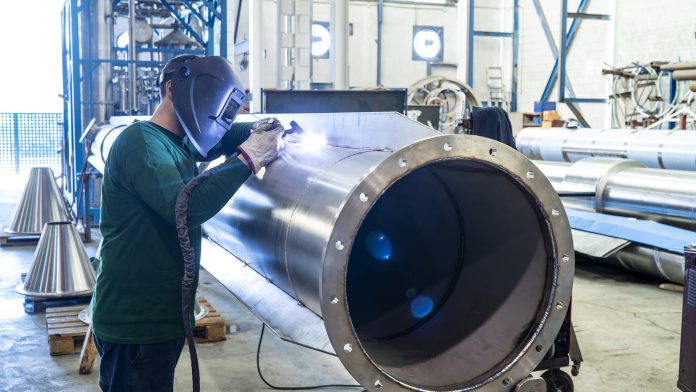GAIN Advisor Tom Magness: A False Comparison
Concerning a recent piece in Politico titled, “This little-known pipeline could spell trouble for Dakota Access,” I would like to highlight some stark differences between the Mid-Valley Pipeline and the Dakota Access Pipeline (DAPL), two completely different projects, in different areas of the country, built by different companies.
As the article notes, the Mid-Valley Pipeline was built in the 1950s (not by Energy Transfer, the operators for the DAPL project), when environmental standards and pipeline technology were far behind the standards we see today. It is disingenuous for critics to point to a pipeline built roughly 60 years before DAPL as a comparable example.
DAPL was constructed with state-of-the-art technology that meets or exceeds state and federal safety regulations. Using innovative data collection tools, constant patrol, AI monitoring, highly durable pipeline materials, and remote valves tied to proven emergency management principles DAPL, monitored 24/7 every day of the year, is light years ahead of the Mid-Valley Pipeline.
Despite safely operating for over six years, DAPL is undergoing further examination by the U.S. Army Corps of Engineers for the portion of the project under Lake Oahe. In their draft environmental impact statement (DEIS), the Corps found that the release of crude oil—based on historical data–in alternatives where the pipeline remained on its current path was “remote to very unlikely.” As a former leader within the Corps, I have full faith in their diligence, professionalism, technical competence, and the thoroughness of their review.
It is misleading to compare DAPL and Mid-Valley and is clearly a reach resulting from the fact that there is nothing substantive for opponents to criticize about DAPL’s safe operation since 2017.
Tom Magness
Colonel, US Army Corps of Engineers (Retired)


